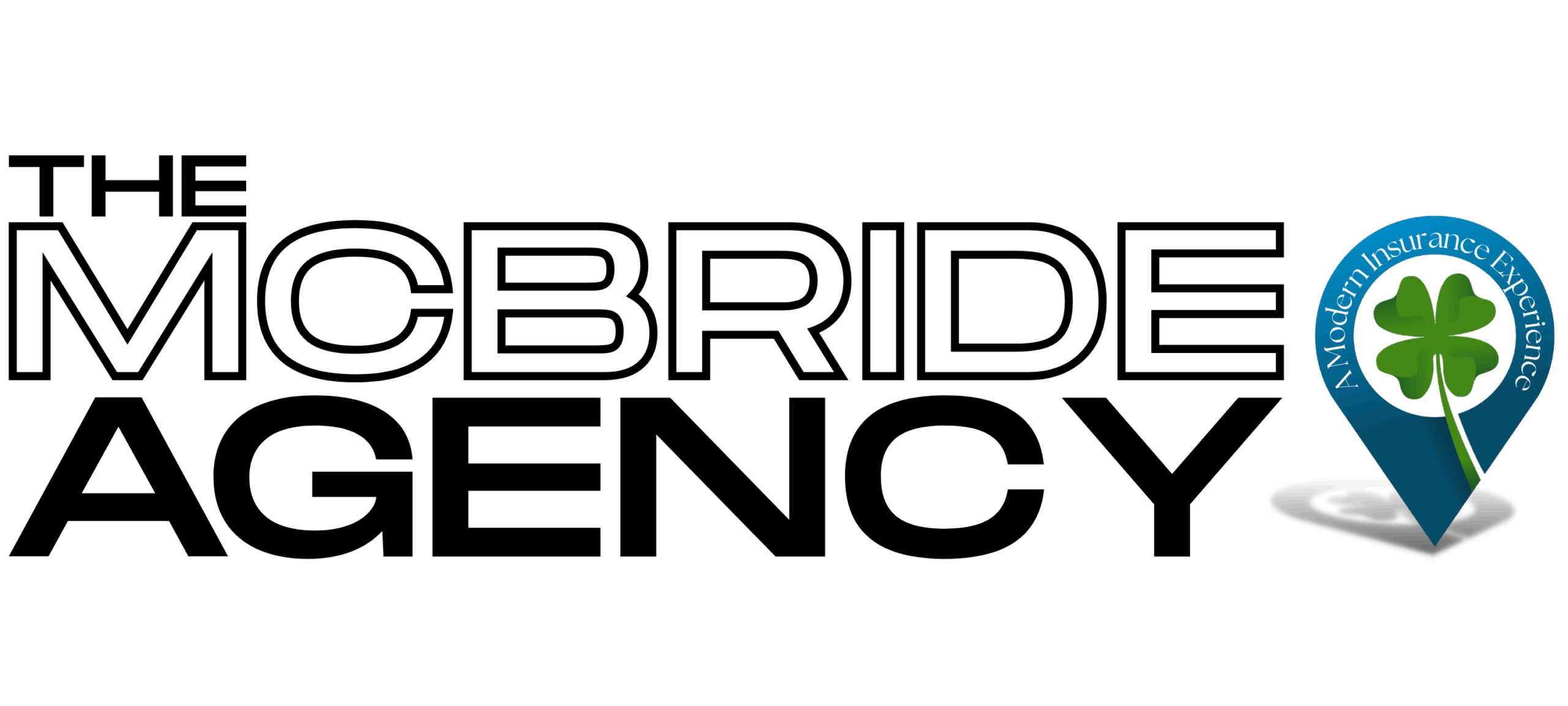What are the Key Differences Between Homeowners Insurance for Condos and Houses?
Insurance for condos and single family homes differ mostly by what’s covered. A condo insurance policy, often known as HO-6, typically covers the interior of the unit and personal property, while external areas are covered by the condo association’s policy. In contrast, homeowners insurance for houses, or HO-3, offers more extensive coverage, including the structure, external buildings, and the land on which the house is situated.
Understanding these differences is vital for owners to make sure they have adequate coverage. For condo owners, it’s essential to know what the association’s policy covers and where their responsibility begins. House owners, on the other hand, need to consider the full range of potential risks to their property, from structural damage to liability concerns.
How Does the Condo Association’s Insurance Policy Affect My Personal Condo Insurance Needs?
The insurance policy held by a condo association generally covers the building’s exterior and common areas. This means that individual condo owners are not directly responsible for insuring these parts of the property. However, it is crucial to understand the limits of the association’s policy. In many cases, the interior of your unit, including walls-in coverage, is your responsibility.
Condo owners should carefully review their association’s policy to determine what is covered and what isn’t. This review will help identify gaps that your personal condo insurance needs to fill. For instance, if the association’s policy doesn’t cover certain types of water damage, you might need to seek additional coverage for your unit.
What Types of Damages are Covered by Homeowners Insurance in Condos and Houses?
Homeowners insurance policies for both condos and houses typically cover a range of common perils such as theft, fire, and some forms of water damage. However, the specifics can vary. For condos, the personal policy mainly focuses on interior damage, personal property loss, and liability. It’s important to check if specific risks like sewer backup or flood are covered.
For houses, the coverage is more extensive, often including damage to the house’s structure, detached structures like garages, personal property, and liability. However, just like with condo insurance, certain perils like floods and earthquakes might require additional, separate policies. Always review your policy details to understand the full extent of your coverage. If you’re confused, book a call with our team and we’re more than happy to look at policies with you.
Are There Additional Coverage Options I Should Consider for a Condo/House?
When considering insurance for either a condo or a house, it’s wise to look beyond basic coverage. Additional options, such as flood or earthquake insurance, can be crucial depending on your location. For condo owners, adding loss assessment coverage can be beneficial, providing protection in cases where condo association insurance falls short and the owners must cover the difference.
House owners might consider options like guaranteed replacement cost coverage, which ensures the home can be rebuilt even if costs exceed the policy limit. Both condo and house owners should evaluate their personal property coverage, ensuring it’s sufficient to replace valuables in case of a loss.
How Do Premiums for Condo and House Insurance Compare and What Factors Influence Them?
Insurance premiums for condos generally tend to be lower than those for houses, mainly due to the lesser coverage area and the shared responsibility with the condo association. However, factors like the condo’s location, the building’s age, and the unit’s value can influence the premium. Additionally, the level of coverage and deductible you choose also play a significant role in determining the cost.
For houses, premiums are influenced by the home’s value, location, age, construction type, and the risk factors associated with the area, like susceptibility to natural disasters. Choosing a higher deductible can lower your premium, but it’s important to balance this with the potential out-of-pocket costs in the event of a claim.
What Steps Should I Take to File a Claim for My Condo or House?
Filing a claim for either a condo or a house involves several key steps. Initially, assess the damage and document it with photos or videos. Contact your insurance provider as soon as possible to report the incident. Be prepared to provide detailed information and documentation about the damage and your claim.
For condo owners, it’s also important to determine whether the damage falls under your personal policy or the condo association’s policy. This distinction can affect how you proceed with the claim. Regardless of whether you own a condo or a house, understanding your policy’s specifics, maintaining good records, and communicating effectively with your insurance provider are essential for a smooth claims process.
Navigating the complexities of homeowners insurance for condos and houses can be challenging, but it’s a crucial step in protecting your investment and peace of mind. Whether you’re a first-time buyer or looking to update your current policy, understanding the key differences and coverage options is essential. For more detailed information and personalized advice on homeowners insurance, book a call with our team at The McBride Agency. Our experts are ready to guide you through the process, making sure you have the right coverage for your unique needs.

